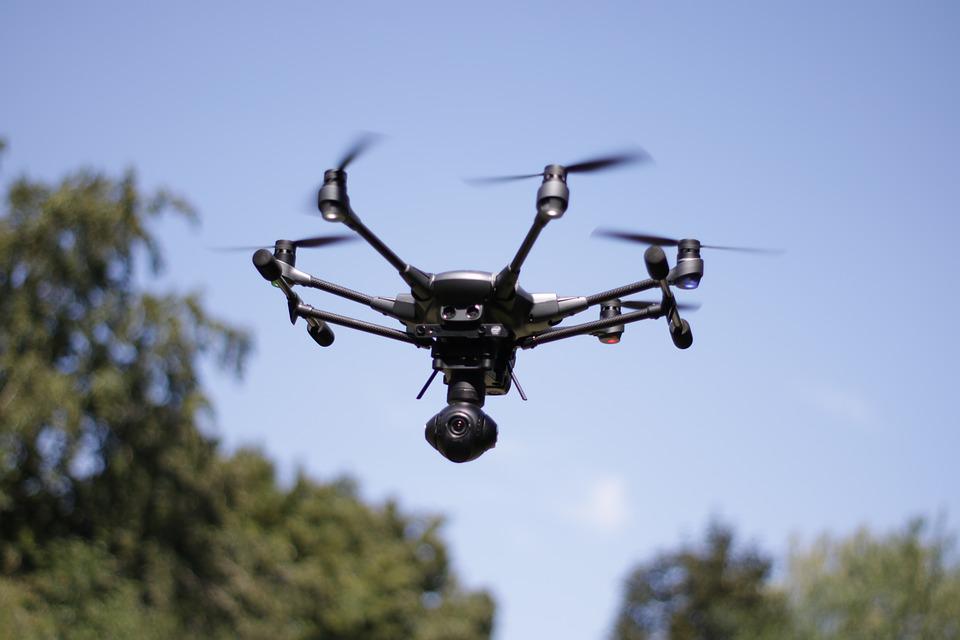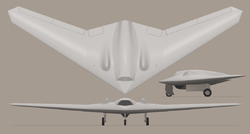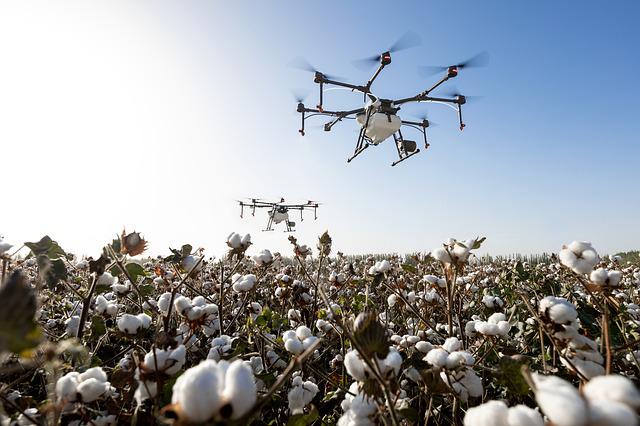
Drones are unmanned, aerial vehicles that can be used for many purposes. In this article we will discuss drones mission, drone payloads, and the various applications of drones. Let's start by looking at some key components of a mission using drones and how they calculate the trajectory. Then, we'll look at how to calculate your mission and apply it to real-world scenarios. Here's how:
Overview of drones mission
Drones were originally created for aerospace and military purposes, but they are now used in everyday life due to their safety and efficiency. They have three core mission capabilities: surveillance (targeted attacks), and reconnaissance. A majority of drones are piloted by a pilot, but advanced autonomy can be achieved using LIDAR detections and sensors. Drones can be used to aid in disaster recovery and research on climate change conditions.
The performance of a UAV's mission is determined by its stealth and suitability for the mission. If the UAV is required to operate in an area with radar, it must reduce its chances of being detected by hostile radar. Safety concerns include the length of the UAV’s legs. However, it is important that you remember that the UAV’s overall mission is also dependent on its performance. This is usually achieved by maximising its turning angle and climbing/diving angle as well as minimizing flying altitude.
Calculation of drones missions
The speed at the which a drone flies depends on the task being accomplished. By dividing the maximum shutter speed of your drone by the inherent photo interval on the camera, you can calculate its flight time. Here are some guidelines to help calculate flight speed. Remember to factor in the flight time of your drone's batteries, as they can quickly run low on power. Your mission should be completed as quickly as possible.

The algorithm presented in this paper shows the highest convergence rate, at least during the initial stages. Its fast convergence rate means that it does not fall within a local optimal. Two types of UAVs arrive simultaneously at the target location in the final roadmap. This research was done to find a reliable and accurate method of mission planning. To assist you, we have designed a mathematical model which solves for objective function, the shortest route.
Drones carry payloads
Payload is the total weight of all equipment a drone carries. Common payloads of drones are extra cameras, sensors, or packages that need to be delivered. The payloads of larger drones are typically heavier than those for commercial purposes. They also tend to be more costly than their cost. This article will discuss payloads and how to determine their sizes. Payloads carry the most weight, but flight time is less important than payload capacity.
Different drones can carry different payloads. For instance, FPV and fixed-wing drones may only be used for photography. Despite their differences in payload capacities, all drones weigh differently, and these can vary greatly. There are also different types of drones with different speeds and payloads. Hobbyist drones with FPV capabilities are often called hobby models. Their small props cannot carry video or still images.
Drones can be used in many applications
Companies are trying to find uses for drone technology. One example is the drone delivery of goods from fulfillment centres to local retailers. Amazon is the leader in this field, and its patent activity has often been newsworthy. Prime Air, Amazon's first commercial drone delivery service, made its first demo delivery in 2016. Prime customers can expect deliveries within 30 minutes to Amazon's drone delivery service, which the company announced recently. What legal issues are there?

Drones are being used for agriculture already. To assess the crop's health, farmers can use inexpensive aerial photography. Drones can also be used to take photographs of interiors. One company uses small UAVs for virtual walks-throughs that replicate the feeling of touring a house. Drones can also assist property developers in scanning large areas of land to aid them in designing structures that enhance the surrounding environment.
FAQ
What are the laws around flying drones?
In the United States, the Federal Aviation Administration (FAA) regulates all aspects of drone operations. You must first obtain a FAA certification before you can operate a drone commercially. You must then complete a course on piloting skills and pass an examination. Final, you will need to pay a fee.
Is it possible to fly my drone in my backyard?
Yes! These are called UAVs (unmanned aircraft vehicles). There are several types of drones available for sale today, from small quadcopters to large fixed-wing aircraft. The FAA recently updated its rules regarding commercial UAV use. You can now legally fly them to business purposes. However, be aware that flying a UAV near airports may cause interference with air traffic control systems, and you must obtain permission from local authorities before operating one.
Can I fly my drone indoors?
You can fly your drone indoors. Your home should be free from obstacles and hazards. For example, you should avoid flying near windows, doors, heating vents, air conditioning units, electrical outlets, water pipes, and fireplaces.
Does the FAA regulate drones
The FAA supervises all aspects related to drone operations, including certification requirements and safety standards.
Do I need special training to fly a drone?
No, you don’t need any special training in order to fly your drone. All you need is a remote control unit and some basic knowledge of flight mechanics.
What is the maximum height you can fly a drone with no license?
The FAA does not limit the height of a drone. You will need to register your unmanned aircraft system (UAS), including the registration number and model name, weight, dimensions, serial number, manufacturer's number, date manufactured, and any other information.
Are drones allowed at public events?
You can fly your drone anywhere you like, provided you adhere to the rules. If you intend to fly your drone at a public event, such as a parade or festival, you will need permission from the organizers.
Statistics
- According to ZipRecruiter, the minimum hourly wage of drone pilots is $20. (thedroneu.com)
- According to industry research from ZipRecruiter , there are 10 cities where the typical salary for a Drone Pilot job is above the national average. (dronesgator.com)
- According to the multiple listing service (MLS), houses and apartments with drone photographs are up to 68 percent more likely to sell than those without pictures. (thedroneu.com)
External Links
How To
How to Fly Drones at a Beginning Level
A drone is an unmanned aerial vehicle that can be remotely controlled and used for surveillance, aerial photography, film production, research, and other hobby purposes. The technology behind drones has been around since World War II. DJI's Phantom series of quadcopters was the first to be commercially used. Since then, there have been many different types of drones available, from beginner-friendly models like the Parrot AR Drone 2.0 to professional-grade multi-rotor craft like the DJI Mavic Pro.
There are many methods to fly a Drone, including
-
Remote control – This technique uses a control device attached directly to your hands that allows you steer the drone around its flight path. There are two main types: Joysticks (like a radio), and On/Off switches (like an alarm clock).
-
Manual Control – This allows remote operation of the drone via GPS coordinates using a smartphone application. The app will provide instructions and help you to locate the drone.
-
Autonomous Flying - This allows the drone to take over all of the piloting duties. It's basically flying autonomously without any human intervention. For the autonomous flight to occur, the drone must have a built-in camera and sensors capable of capturing images and data.
-
Triggered Flight - This method is similar to manual control, except the pilot manually sets up a preprogrammed route, and the drone follows that route until it reaches the endpoint. Once the programmed route is completed, the drone lands automatically and returns back to the base.
-
Landing Gear: Some drones have landing gear that allows them safely to land in case they lose power or run low on battery.
-
Goggles - Some pilots wear goggles to protect themselves from debris while operating.
-
Camera - Some drones are equipped with cameras allowing you to capture photos and videos from above.
-
Obstacles. Some drones can have obstacle avoidance technology that stops them from hitting obstacles.
-
Speed - Some drones reach speeds exceeding 40 mph.
-
Battery Life: Most drones have a battery life of between 20 and 30 minutes depending on how many power sources you use.
-
Range - Depending on the model, some drones can travel up to 30 miles away.
-
Power source: Some drones will require an external power source while others can be powered by internal batteries.
-
Weight – Some drones are less than one pound, while other models can be up to four pounds.
-
Size - The size of drones varies from small, easily carried devices to more substantial crafts that weigh in excess of 50 pounds.
-
Price - From high-end models that cost thousands of dollars to low-cost options that start at $100, all drones fall under a certain price category.